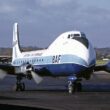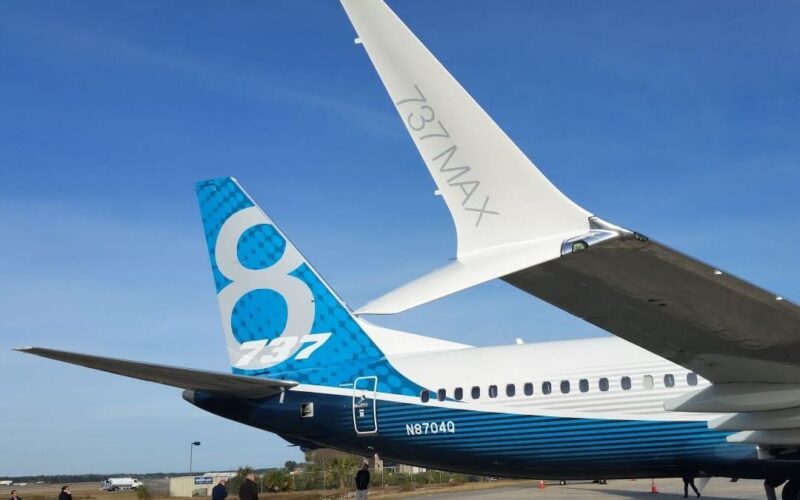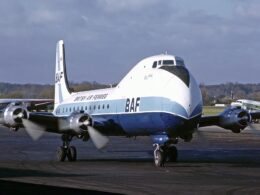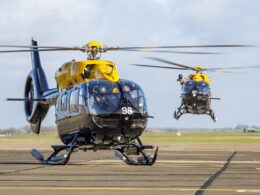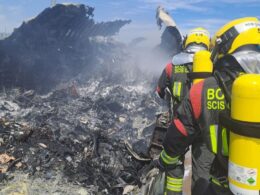As the recertification flight is approaching, foreign regulators defined their requirements for the Boeing 737 MAX more precisely. In the lead-up to the plane’s return, the Federal Aviation Administration issued an airworthiness directive to address a wiring problem.
Some changes can wait
Additionally to the update of the MCAS, identified as the cause of the two crashes that killed 346 people, the European Union Aviation Safety Agency and Transport Canada also expect Boeing to modify some of the flight control systems that the MAX inherited from the previous 737 generations. However, those changes will have to wait after the return into service, the Seattle Times reports.
Indeed, while also important, the changes are not as critical as the MCAS and should require more work from Boeing. “By themselves, these would not create a safety-critical issue,” an EASA spokesperson said. “It’s when they come together with something critical at the same time that it’s a major issue.”
As an interim solution, the manufacturer will update the pilot training and manuals to warn of those safety lapses ‒ a compromise judged adequate by the EASA. The MAX operators recently received a new version of the manual pilot training that now mentions the MCAS.
Recertification remains a priority
On June 17, 2020, the FAA administrator Steve Dickson told the United States Senate that he will pilot the Boeing 737 MAX recertification flight himself. Dickson will also follow the same updated training that pilots should now receive. Initially judged superfluous by Boeing, the manufacturer now recommends that pilots train on simulators following pressure from regulators.
The flight is expected before the end of June 2020. The return to service of the aircraft could take place around September 2020. No exact date was given, but the late June 2020 deadline seems believable, according to sources quoted by the Air Current. With the MCAS software review complete, the last tests before the certification flight are reportedly undergoing.
An FAA airworthiness directive relating to the wiring inside the 737 MAX nacelles was issued. It addresses reports that “certain exterior fairing panels on the top of the engine nacelle and strut […] may not have the quality of electrical bonding necessary to ensure adequate shielding of the underlying wiring from the electromagnetic effects of high intensity radiated fields,” potentially leading to an engine power-loss.

